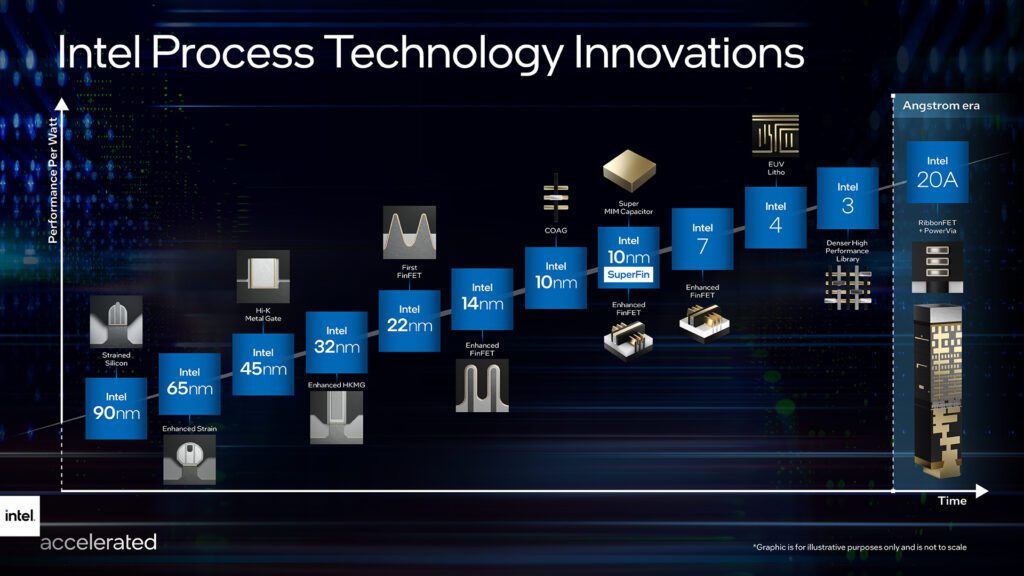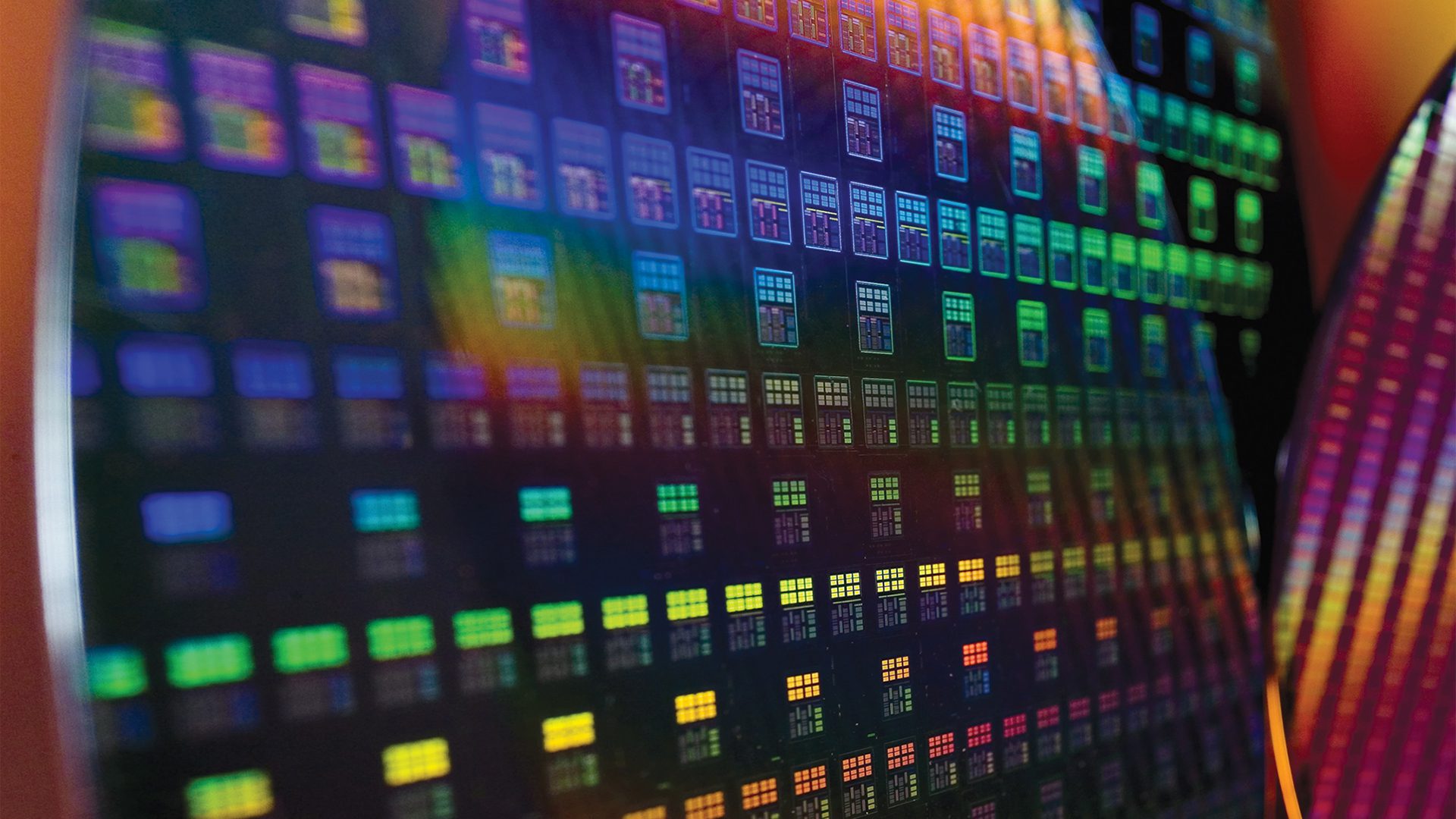According to DigiTimes, TSMC’s 3nm node performance is better than expected, but Intel appears to be delaying orders until late 2024. Taiwanese Semiconductor Manufacturing Company, or TSMC, began mass production of its N3 or 3nm process node in the fourth quarter of 2022.
According to preliminary reports, the new node’s performance is exceeding expectations which will allow TSMC to maintain its lead in process node technology.
Apple is said to be one of the primary customers for TSMC’s 3nm process node, and while the cost is expected to be higher than the current 5nm process node, it will have little impact on Apple because it will be used for premium products launching next year. Meanwhile, cost may be an issue for PC customers, who are affected not only by the rising cost of top-tier nodes, but also by a declining market where demand has dropped dramatically.

Intel’s 15th Generation Arrow Lake iGPU is expected to use an external foundry. The N3 process node is said to be a candidate for the GPU tile, but it appears that orders will be delayed until Q4 of 2024. This means that Arrow Lake won’t be ready in reasonable quantities until the second half of 2025.
While Meteor Lake will be socket compatible, the Redwood Cove and Crestmont cores will be upgraded to the brand-new Lion Cove and Skymont cores. The increased core counts, which are expected to be 40/48 on the new SKUs, are expected to provide a significant advantage.
For the Arrow Lake CPUs, Intel would skip its ‘Intel 4’ node and go straight to 20A. One thing is certain: both Meteor Lake and Arrow Lake chips will retain their N3 (TSMC) process node for additional core IPs, most likely the Arc GPU cores.
The Intel 20A node improves performance per watt by 15%, thanks to next-generation RibbonFET and PowerVia technology, and is expected to have the first IP test wafers running in fabs by the second half of 2022.
Also Read:







